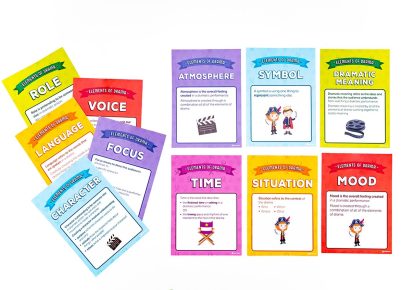This is the negative outcome of certain actions, which is used to stop an individual’s propensity to perform such actions in future circumstances. In operant conditioning psychology, punishment is a term utilized to mention any change that happens after a behavior that lowers the likelihood that the behavior will happen again in the future.
Both positive and negative reinforcements are utilized to increase behaviors, while punishment is focused on eliminating or reducing unwanted behaviors. Many individuals confuse negative reinforcement with punishment, but they’re two very different mechanisms. Reinforcement, even when it’s negative, always increases a behavior. On the contrary, punishment always reduces a behavior.
Psychologist B. F. Skinner, who first defined operant conditioning, recognized two different types of aversive stimuli that can be utilized as punishment. These are:
Positive punishment: This includes presenting an aversive stimulus after a behavior. For instance, when a pupil talks out of turn in the middle of a class, the instructor may scold the kid for interrupting.
Negative punishment: This includes removing a desirable stimulus after a behavior. For instance, when the pupil from the above example talks out of turn again, the instructor promptly tells the kid that he/she will have to miss recess due to that behavior.
While punishment can be beneficial in some instances, one can probably imagine some examples when a punishment doesn’t consistently decrease unwanted behavior. Prison is one such example. Individuals often continue committing crimes after they’re released from prison after being sent to it for a crime.
Researchers have identified two contributing factors to punishment’s effectiveness in different circumstances. First, punishment is more beneficial if it’s applied quickly. Prison sentences often happen long after someone committed the crime, which might help explain one reason why sending individuals to jail doesn’t always result in a decrease in criminal behavior. Second, punishment achieves better results when it’s consistently applied.
It can be hard to give a punishment all the time a behavior happens. For instance, individuals often continue to exceed the speed limit even after getting a speeding ticket because the behavior isn’t consistently punished. Punishment is more likely to result in a decrease in behavior if it’s consistently applied and immediately follows the behavior.
Punishment also has some major drawbacks. First, any behavior alterations because of the punishment are often temporary. Probably the biggest downside is that punishment doesn’t actually provide any information about desired or more appropriate behaviors. While subjects may be learning not to carry out particular behaviors, they aren’t actually learning what they should be performing. Another aspect to consider about punishment is that it may have undesirable and unintended consequences.
For instance, a 2014 survey in the U.S. identified almost half of parents acknowledged spanking their younger kids (age nine and below) in the past year. According to researchers, this kind of physical punishment may result in aggression, antisocial behavior, and delinquency among kids. This is why Skinner and other psychologists propose that any potential short-term benefits from utilizing punishment to modify behavior need to be weighed against the prospective long-term consequences.




